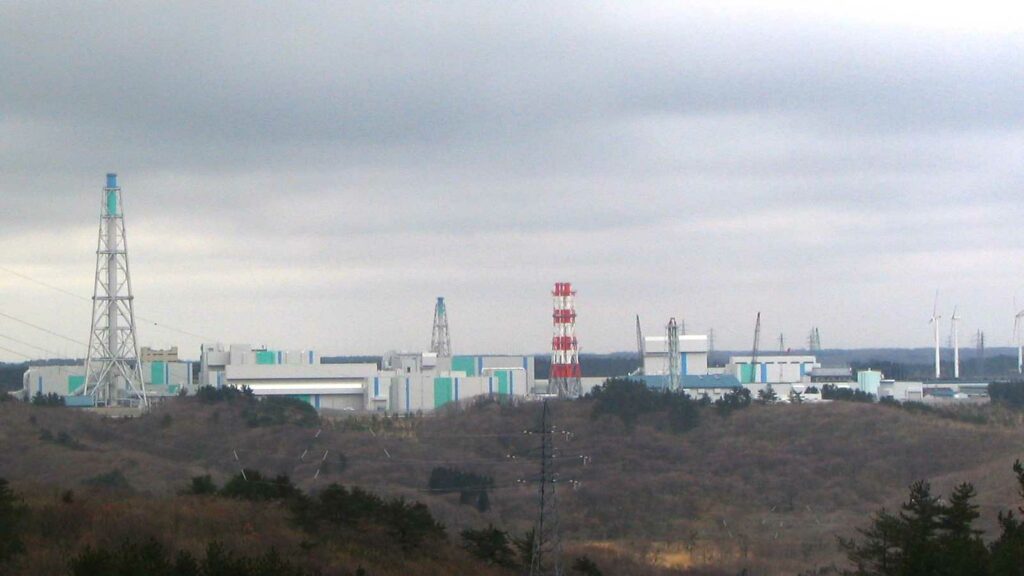Building careers in nuclear decommissioning

Nick Messenger gives an overview of the international decommissioning market, and the career opportunities it offers.
AS NATIONS SEEK TO DECARBONISE their power generation, balancing the benefits of nuclear and renewable generation is increasingly accepted as the best approach. With this in mind, some nations are investing in new nuclear capacity. We believe that new and existing nuclear plants will play a significant role in the global effort to decarbonise energy production and we provide people to nuclear new-build and refurbishment projects all over the world. This includes large reactor projects and the development of small modular reactors.
However, in some countries, such as Germany, nuclear plant is being retired for political reasons. In other areas, such as some US states, economic factors are prompting nuclear operators to consider cutting plant operational lives short. Even in countries that are investing in new nuclear, such as the UK, the 110 nuclear power units worldwide that were built in the 1970s or earlier are reaching the end of their operational, economic, or political lives.
Patrick O’Sullivan, decommissioning specialist at the International Atomic Energy Agency, says it is more than just power plants: “Many nuclear facilities, including power plants, research reactors and fuel cycle facilities will reach the end of their original design lives within the next 1-2 decades.”
Like death and taxes, decommissioning has always been an inevitable consequence of nuclear power generation. Although it can be perceived negatively — as less exciting than new-build — nuclear decommissioning is a surprisingly vibrant, innovative and expanding part of the sector. Far from being a task hanging over the operating industry, decommissioning has become something more and more companies are getting excited about.
In this responsible and highly regulated industry, each nuclear unit has a very substantial decommissioning fund built up over many years of operation, which was originally expected to fund a decommissioning programme spanning many years. The aim behind the delayed decommissioning strategies developed in the early stages of the industry was to take advantage of radioactive decay to make decommissioning easier, and they planned site clearance activities across several decades. However, with experience and advances in methods, as well as improved approaches to project management, it is now possible to dismantle and decontaminate components with higher rates of activity, enabling engineers to complete the job far more rapidly and for less money.
By purchasing nuclear plants at the end of their power generation careers and taking over all licences and operational responsibilities, decommissioning specialists such as Comprehensive Decommissioning International, LLC (a joint venture between Holtec International and SNC- Lavalin) can segue from generation to decommissioning, using the plant staff and taking advantage of their detailed historical knowledge of the facility and its stakeholders.
While the decommissioning firms take on significant future risk, they also stand to benefit from any savings they can make relative to the pre-existing decommissioning fund. In response to this incentive they therefore apply their experience and capabilities to accelerate site clearance.
According to Richard Reid, technical executive at the Electric Power Research Institute in Charlotte, North Carolina, “A key driver for innovation is shortening the duration of the projects.” The Vermont Yankee plant is a good example. It operated until 2014 and under its original decommissioning plan would have stood in a care and maintenance state until 2068, when real work would begin. On that schedule the site would have been cleared and restored by 2075. However, under today’s approach NorthStar plans to start decommissioning earlier and have the site restored completely by 2030. Reid says that is fairly standard for a new decommissioning project, “The typical duration of a decommissioning project is ten years.”
NorthStar itself is an example of another trend in decommissioning. Companies with long experience in US Department of Energy clean-up work are moving into power plant decommissioning, where they can transfer skills they have developed.
But it is not only corporates that stand to gain from this work. Decommissioning is creating thousands of new jobs in nuclear, which like others in the sector tend to be predictable and long-lasting, with good rates of pay. Job satisfaction is also very high, because of the tangible importance to society of making progress on a job that needs to be done properly.
“Decommissioning requires a range of skills not typically available within the power generation part of the nuclear industry, including project management, logistics and demolition,” says Reid. This makes it is a more accessible part of the industry for specialists from other sectors, who can find roles in handling, packaging, transport and disposal of a variety of materials that cannot be recycled. Asbestos is one example of many. “In this context,” says Simon Carroll, senior adviser for nuclear decommissioning to Vattenfall, Sweden, “skills in project development and management, project controls and more general engineering skills are highly sought after, as well as personnel who display attributes such as flexibility, and ability to respond appropriately to the unexpected.”
Achieving all this in a coordinated way, on time and on budget, demands a very wide range of skills and capabilities. Decommissioning a large and complex facility like a nuclear plant, or indeed several of them at the same time, fosters an ecosystem of very large environmental services contractors as well as smaller specialist companies.
“There is a changing mix of entities involved in nuclear decommissioning, developing a variety of approaches to decommissioning,” says Carroll.“These include new entrants to the nuclear decommissioning supply chain, including enterprises from outside the nuclear sector. It is impossible to say today which mix of organisations and strategies will emerge most strongly in this new marketplace.”
Global prospects
While we hope the strong performance of the US fleet will continue and the units enjoy the longest operational lives they can have, the fact is that there will be a steady stream of older US units closing in coming years. Retirements have already been announced for three US units this year, for four more in 2021, and for three more to 2025 (see Figure).
As it was one of the first nations to build its nuclear fleet, the US is facing the decommissioning challenge sooner than most other countries. Another nation in an advanced position is the UK, which has established a competitive market for the decommissioning its legacy of research, development and power generation fleet.
In 2018 the UK government’s Nuclear Sector Deal valued the Nuclear Decommissioning Authority’s portfolio of projects at £119 billion ($155 billion), noting there was a further £7.5 billion ($9.8 billion) of work in the Ministry of Defence estate. Decommissioning the UK’s currently operating power generation fleet — the AGR units and the PWR at Sizewell B — has been estimated to be worth £19.5 billion ($25.5 billion) in contracts.
Paul Howarth, CEO of the UK National Nuclear Laboratory, said that innovation has reduced the expected cost of this work by £7 billion ($9.2 billion). The UK government wants to find significant further saving. But the work remains very substantial, and the questions remain — who is going to provide the innovation and where will it come from?
“Nuclear decommissioning continues to evolve from one-off bespoke projects in a relatively small number of countries, towards serial decommissioning with industrial scale programmes, with growing attention to efficiency in addition to safety,” says Carroll, and there is no better example than Germany, which intends to begin decommissioning its nuclear units as soon as possible after they close.
Phillipsburg 2 closed at the end of 2019 and the remaining six operating reactors will all be gone by the end of 2022. As a signal of Germany’s seriousness in clearing away its nuclear industry, of the 11 reactors closed in Germany since 2011, six are already licensed for decommissioning.
Germany intends to tackle as much of this work as it can domestically, but the same cannot be said for several other countries across Europe where ageing reactors still lack the political support they would need for a secure future. Examples here include the fleets of Spain, Sweden, Belgium, and even France.
“We are in a dynamic and expanding market for nuclear decommissioning — both in total numbers of projects and their geographical distribution,” says Carroll. “Given the age profile of nuclear facilities and the trend towards direct decommissioning in many countries, growth is expected to be sustained over the coming two decades or so.”
O’Sullivan says, “Many more plants, especially smaller power plants, together with research reactors and nuclear fuel cycle facilities will be retired from service at an increasing rate over the coming decades.”
The various approaches to decommissioning are sure to go on being refined for some time to come, while the careers of specialists evolve alongside.
This article first appeared in a special decommissioning edition of the Nuclear Engineering International Magazine and can still be found on their website here.
KeySource Global is an executive search company and Thomas Thor Associates offers recruitment and consultancy services for serving the global nuclear sector. Nick Messenger is president, North America, of the combined businesses.
Share this article
Related articles
Help us grow and achieve your potential at a values-driven business.




